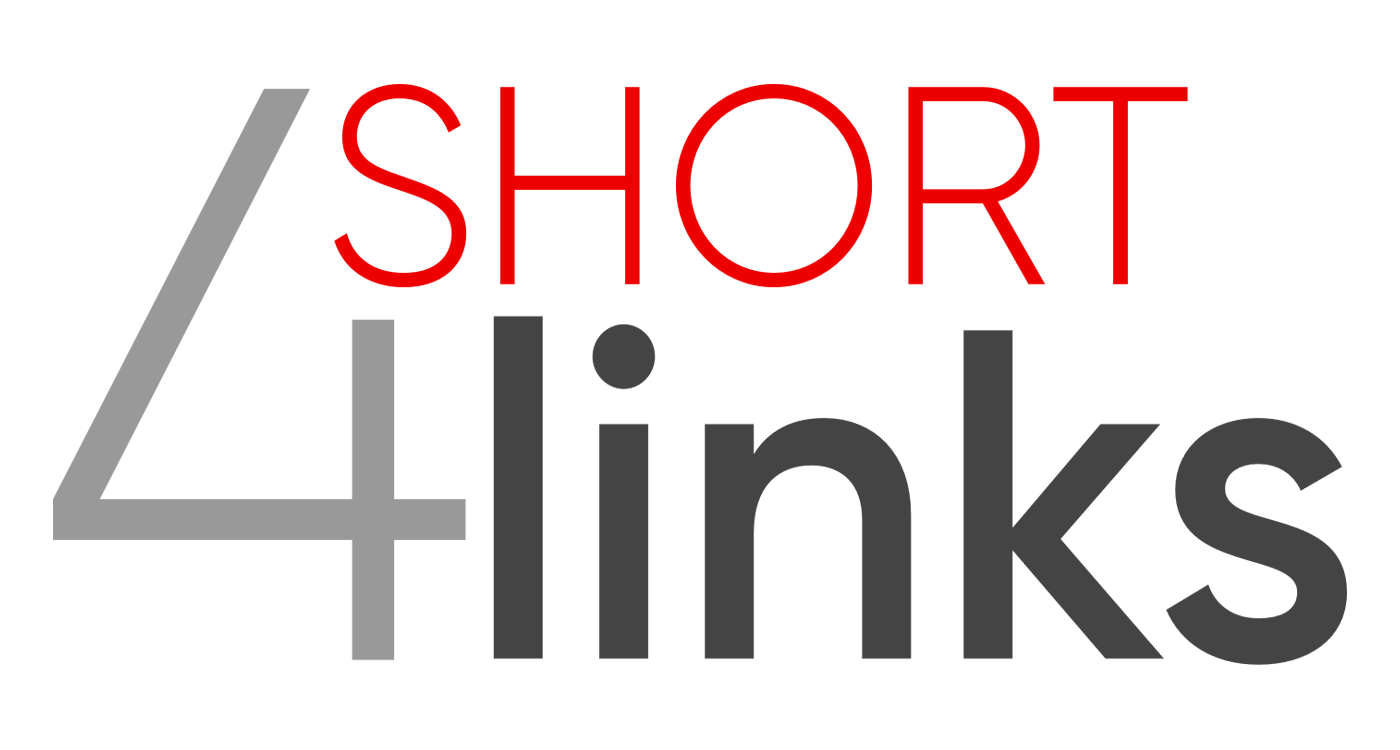Four short links: 6 May 2020
Open Source Spectrometer, Software Frames, Deleting Data, and Deep Learning for Scientific Discovery

- Raman Spectroscopy — Low Cost, High Performances, 100% Open Source Raman Spectrometer. […] We currently offer the spectrometer in a Starter Edition version designed for teaching Raman spectroscopy and we will soon release a Performance Edition version which achieves a tested 12 cm-1 resolution at low costs. Great to see this getting into the hands of hackers.
- Frames in Software Development — not the Lisp AI frames, but the semantic frames. I always wondered why it isn’t called “product debt” because product took the credit to get a feature faster and must pay back by investing the time to clean up. Technology is the bank that gave credit.
- Phoenix Framework — a web development framework written in Elixir which implements the server-side Model View Controller (MVC) pattern. I’m reminded of ceej’s “Write your own frameworks. You learn a lot. Your framework might solve a problem your ecosystem needs to have solved. By your tenth one, you know enough to write one worth wide adoption. Progress in our industry depends on all of us pushing it forward.”
- Deleting Data Distributed Throughout Your Microservices Architecture — One solution is to think of data deletion not as an event, but as a process. At Twitter, we call this process “erasure” and coordinate data deletion between systems using an erasure pipeline. In this post, we’ll discuss how to set up an erasure pipeline, including data discoverability, access, and processing. We’ll also touch on common problems and how to ensure ongoing maintenance of an erasure pipeline.
- A Survey of Deep Learning for Scientific Discovery — The sheer breadth and diversity of different deep learning techniques makes it difficult to determine what scientific problems might be most amenable to these methods, or which specific combination of methods might offer the most promising first approach. In this survey, we focus on addressing this central issue, providing an overview of many widely used deep learning models, spanning visual, sequential and graph structured data, associated tasks and different training methods, along with techniques to use deep learning with less data and better interpret these complex models — two central considerations for many scientific use cases. We also include overviews of the full design process, implementation tips, and links to a plethora of tutorials, research summaries and open-sourced deep learning pipelines and pretrained models, developed by the community.
